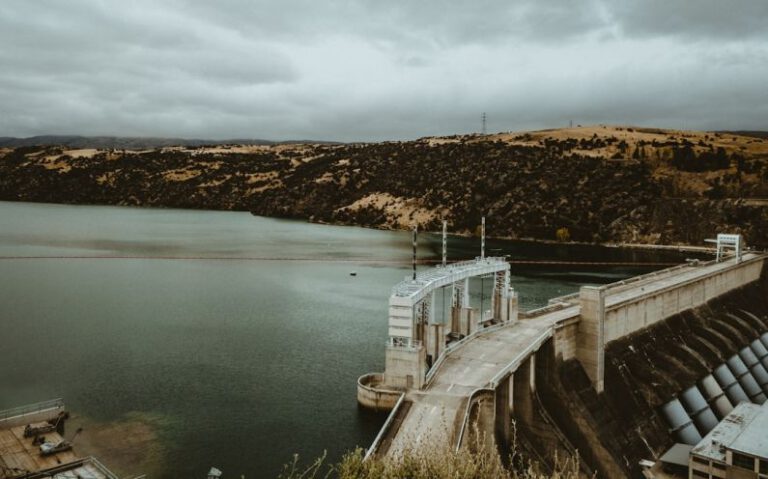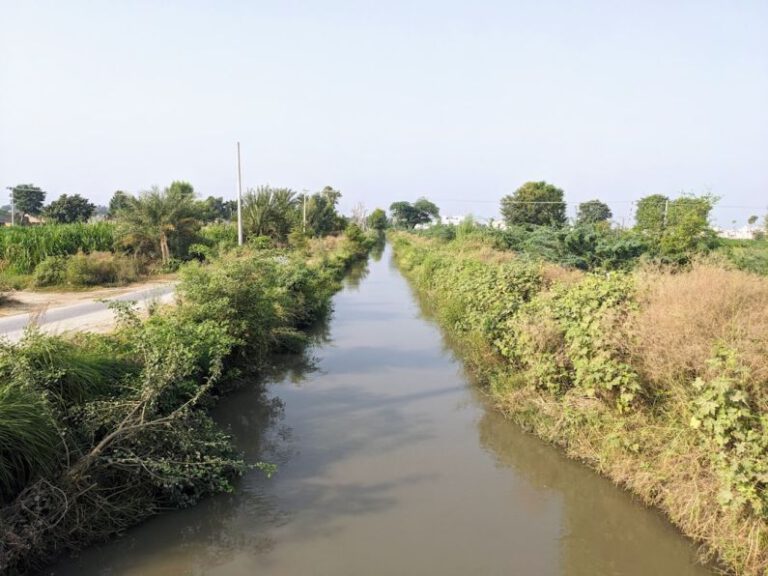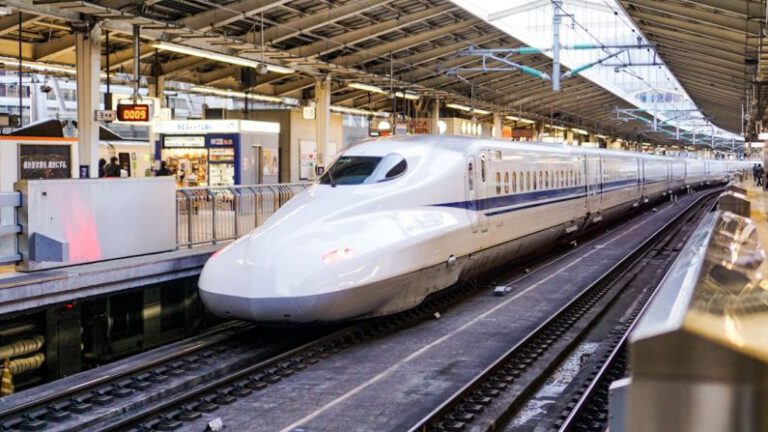The Underwater Feat: Norway’s Submerged Floating Tunnels
Norway’s Submerged Floating Tunnels: Revolutionizing Transportation Infrastructure
In a world where innovative solutions are constantly sought to address transportation challenges, Norway has taken a bold step forward with its groundbreaking concept of submerged floating tunnels. This innovative infrastructure project is set to transform the way we think about crossing bodies of water, offering a unique and efficient alternative to traditional bridge and tunnel structures. Let’s delve into the details of this engineering marvel and explore how Norway is leading the way in underwater tunnel technology.
The Need for Innovation in Transportation Infrastructure
With its rugged terrain and numerous fjords cutting through the landscape, Norway faces significant challenges when it comes to connecting its coastal regions. Traditional bridge construction can be costly and environmentally disruptive, while lengthy ferry journeys can be inefficient and time-consuming. Recognizing the need for a more sustainable and efficient solution, Norwegian engineers have turned to submerged floating tunnels as a game-changing alternative.
Submerged Floating Tunnels: How Do They Work?
Unlike conventional tunnels that are bored through solid rock or built using immersed tube technology, submerged floating tunnels are designed to float just beneath the surface of the water. These tunnels consist of large, hollow concrete tubes that are anchored to the seabed and held in place by buoyancy forces. Vehicles can then travel through the tunnel, providing a direct and seamless connection between two points without the need for extensive bridge structures or disruptive ferry services.
The Benefits of Submerged Floating Tunnels
One of the key advantages of submerged floating tunnels is their minimal impact on the surrounding environment. By floating just below the water’s surface, these tunnels avoid disturbing marine life or obstructing shipping lanes, making them a more sustainable option for crossing bodies of water. Additionally, submerged floating tunnels can withstand harsh weather conditions, including strong currents and rough seas, ensuring reliable and uninterrupted transport links for coastal communities.
Norway’s Ambitious Projects
Norway is at the forefront of developing submerged floating tunnel technology, with several ambitious projects currently in the works. One notable example is the proposed crossing of the Sognefjord, Norway’s longest and deepest fjord, which would span over 3,700 meters and revolutionize travel between the country’s western regions. By harnessing the power of innovative engineering and cutting-edge design, Norway is paving the way for a new era of underwater infrastructure that promises to reshape the future of transportation.
Challenges and Considerations
While submerged floating tunnels offer a host of benefits, they also present unique challenges that must be carefully considered. Ensuring the structural integrity of these tunnels in dynamic marine environments, managing maintenance and repair tasks, and addressing potential safety concerns are all critical aspects that engineers and planners need to take into account. By conducting thorough research and rigorous testing, Norway is working to overcome these challenges and ensure the long-term success of its submerged floating tunnel projects.
The Future of Transportation: Embracing Innovation
As countries around the world grapple with the need for sustainable and efficient transportation solutions, Norway’s submerged floating tunnels stand out as a shining example of innovation in action. By pushing the boundaries of traditional engineering practices and embracing new technologies, Norway is leading the way towards a more connected and accessible future. With continued investment and collaboration, submerged floating tunnels have the potential to revolutionize the way we think about crossing waterways and inspire new possibilities for transportation infrastructure worldwide.
In Conclusion: Pioneering a New Era of Underwater Connectivity
Norway’s submerged floating tunnels represent a bold leap forward in transportation infrastructure, offering a glimpse into the future of underwater connectivity. By harnessing the power of innovative design and sustainable engineering practices, Norway is setting the stage for a new era of efficient, environmentally friendly, and resilient transport solutions. As the world looks towards a future defined by connectivity and accessibility, the submerged floating tunnels of Norway serve as a beacon of inspiration and a testament to the transformative potential of human ingenuity.






